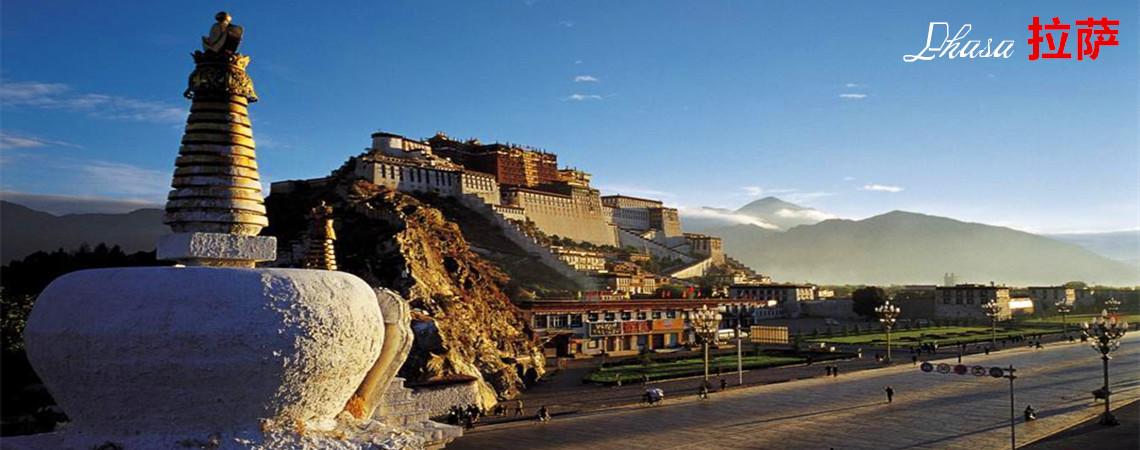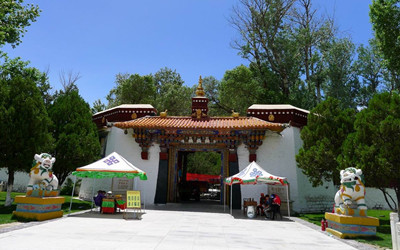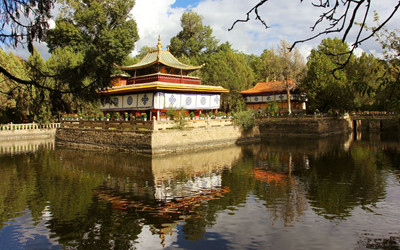Skype: neodalle-travel
Tel: +86 135 7447 2266
E-mail: sales@visitaroundchina.com

 Tibet Autonomous Region. Norbulingka both reflects the ethnical, religious features of the Tibetan people and embodies the architecture style of inland China. It is of great cultural value and was listed by UNESCO as a World Cultural Heritage Site in 2001 as an extension of Potala Palace.
Tibet Autonomous Region. Norbulingka both reflects the ethnical, religious features of the Tibetan people and embodies the architecture style of inland China. It is of great cultural value and was listed by UNESCO as a World Cultural Heritage Site in 2001 as an extension of Potala Palace.What to see ?
 Norbulingka consists of several palace complexes, such as the Kelsang Potrang, Tsokyil Potrang, Golden Linka and Takten Migyur Potrang. Each palace complex is divided into three sections - the palace section, the section in front of the palaces and the woods.
Norbulingka consists of several palace complexes, such as the Kelsang Potrang, Tsokyil Potrang, Golden Linka and Takten Migyur Potrang. Each palace complex is divided into three sections - the palace section, the section in front of the palaces and the woods.
Kelsang Potrang, named after the Seventh Dalai Lama, is a three-storey palace with halls for worshipping Buddha, bedrooms, reading rooms and sanctuaries. Tsokyil Potrang, when the Eighth Dalai Lama was in power, is considered to be the most attractive in Norbulingka. Khamsum Zilnon built during that time is really a striking pavilion of the Han architecture style, where Dalai Lamas enjoyed Tibetan opera. In 1922, a wealthy benefactor had Golden Linka and Chensel Potrang constructed for the Thirteenth Dalai Lama. Meanwhile, a lot of flowers, grass and trees  were planted. In 1954, the Fourteenth Dalai Lama built Takten Migyur Potrang, which is also called the New Summer Palace, means 'Eternal Palace' in Tibetan.
were planted. In 1954, the Fourteenth Dalai Lama built Takten Migyur Potrang, which is also called the New Summer Palace, means 'Eternal Palace' in Tibetan.
Travel Tip
Add: 1 km to the Potala Palace, Lhasa City, Tibet, China
Opening Hours: 09:00 to 12:00 in the morning, 15: 00 to 16:00 in the afternoon
Entrance Fee: CNY 80
Transport: take bus No.2 to there.
 Ask Questions ?
Ask Questions ?